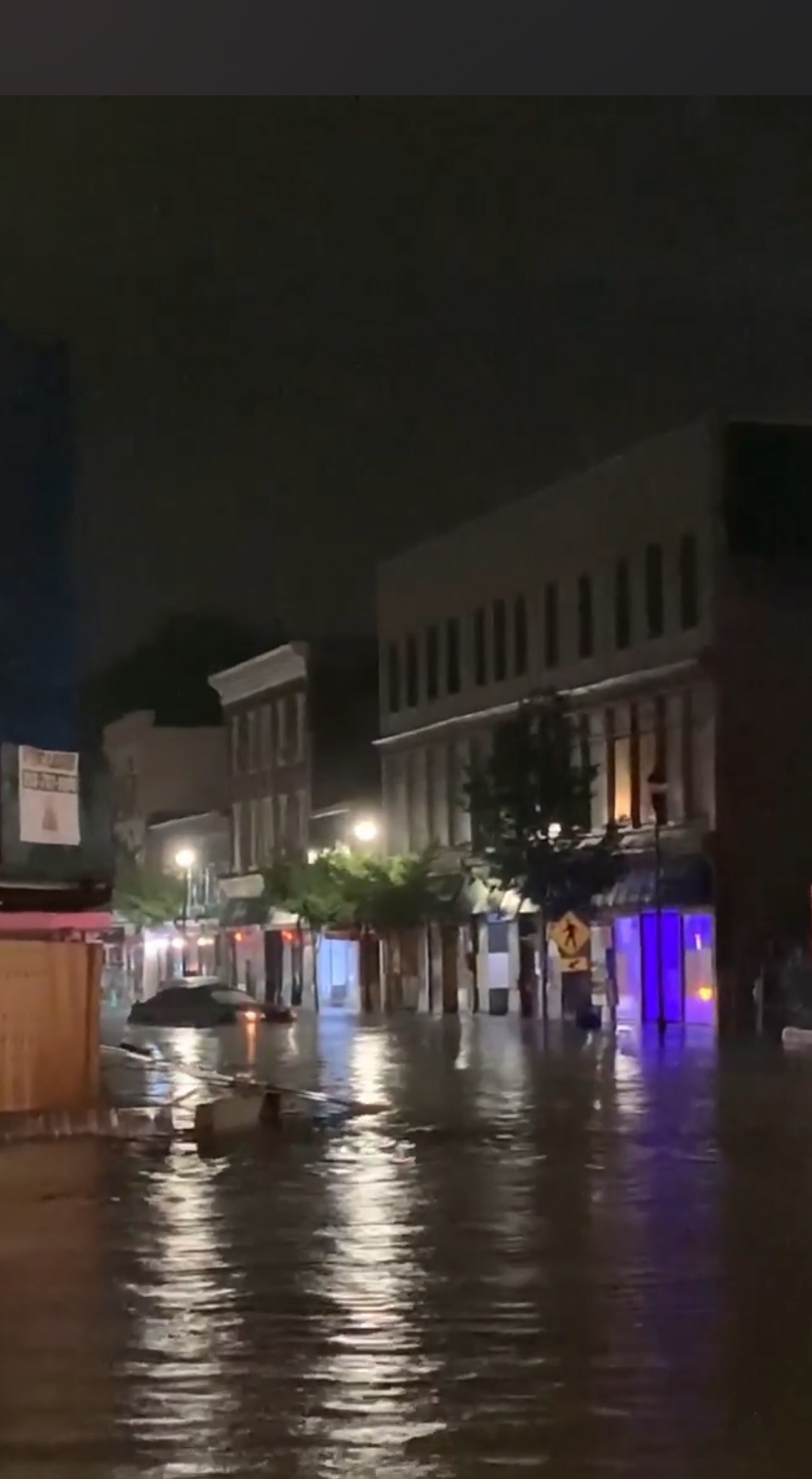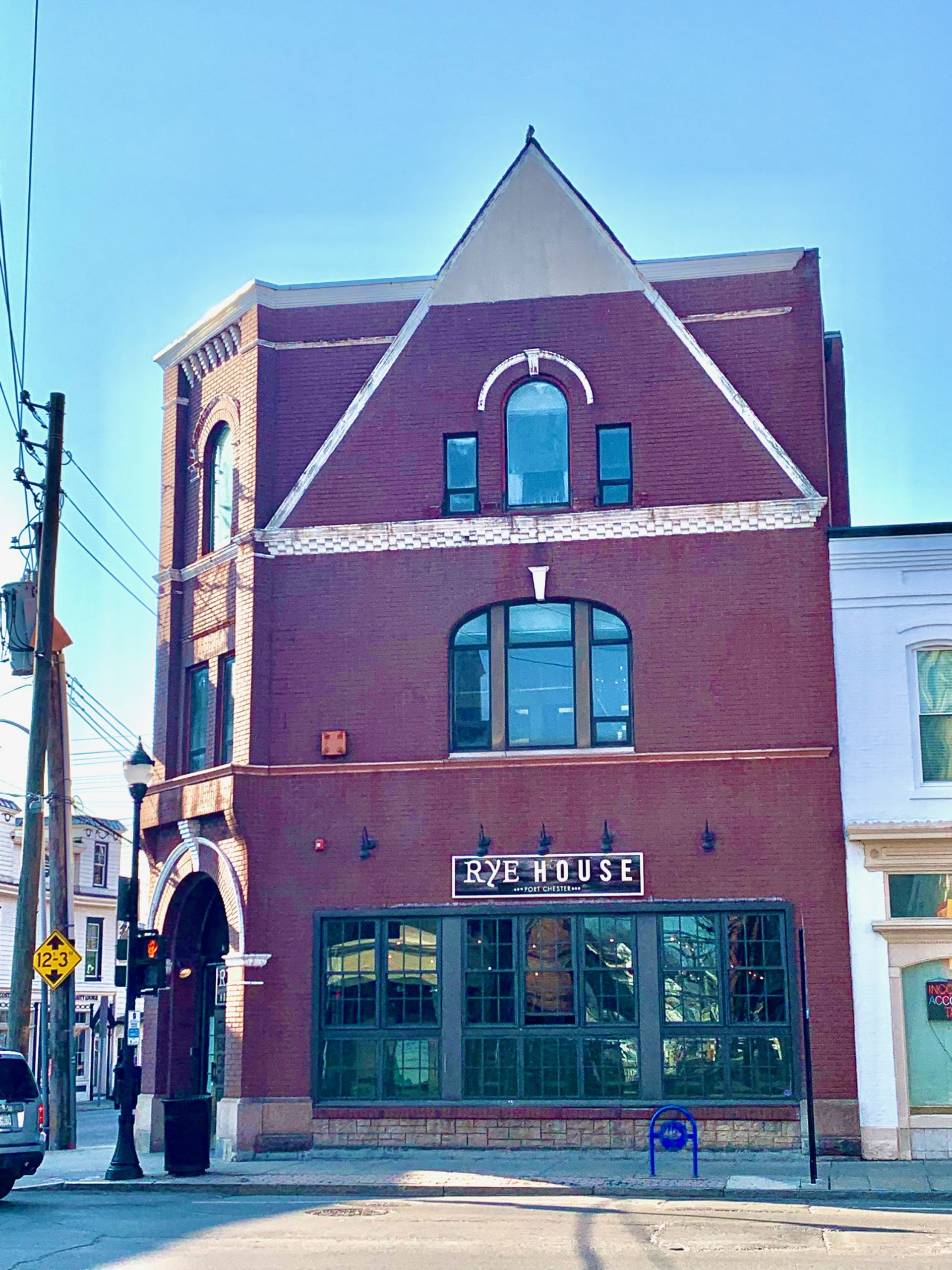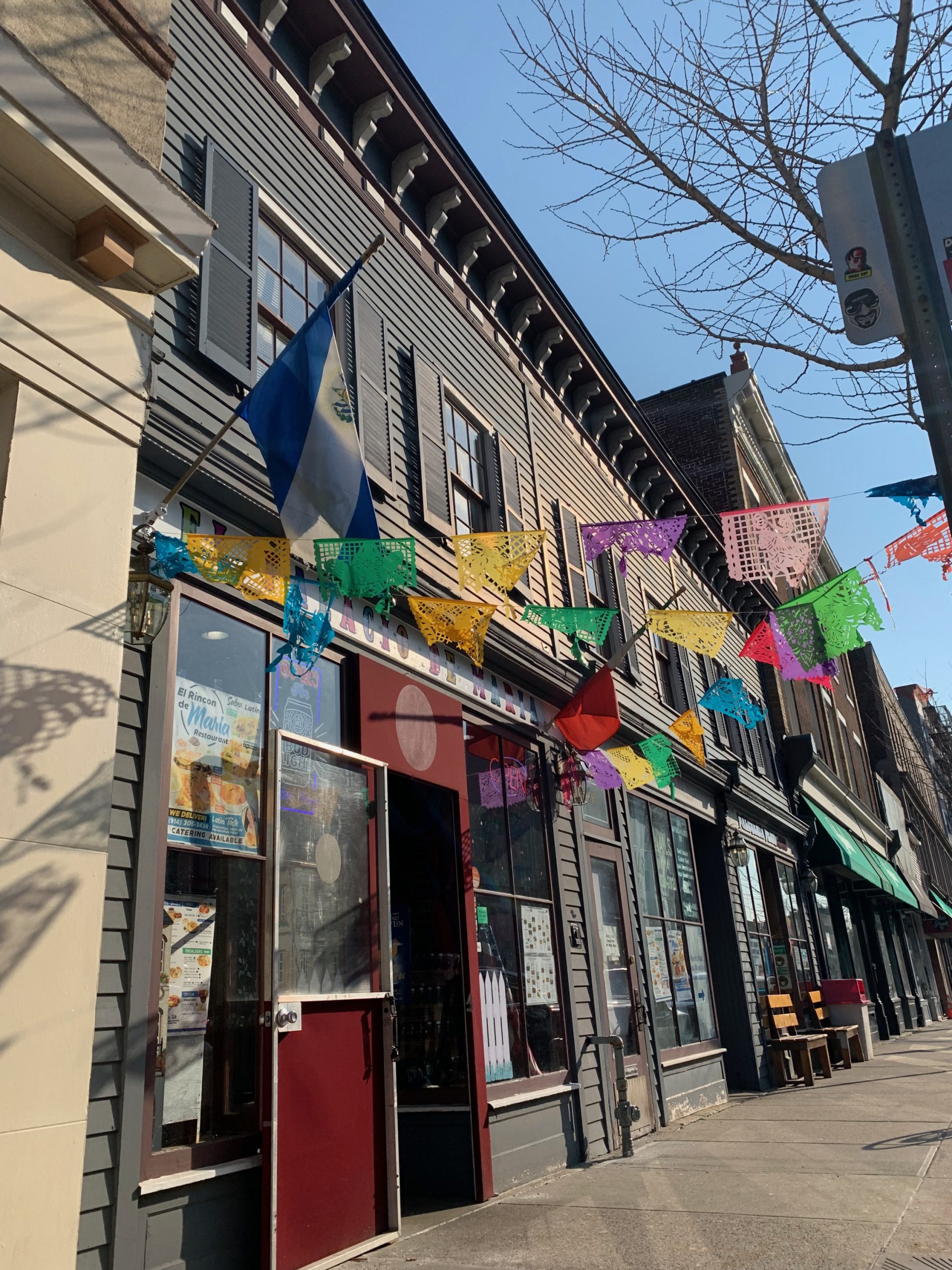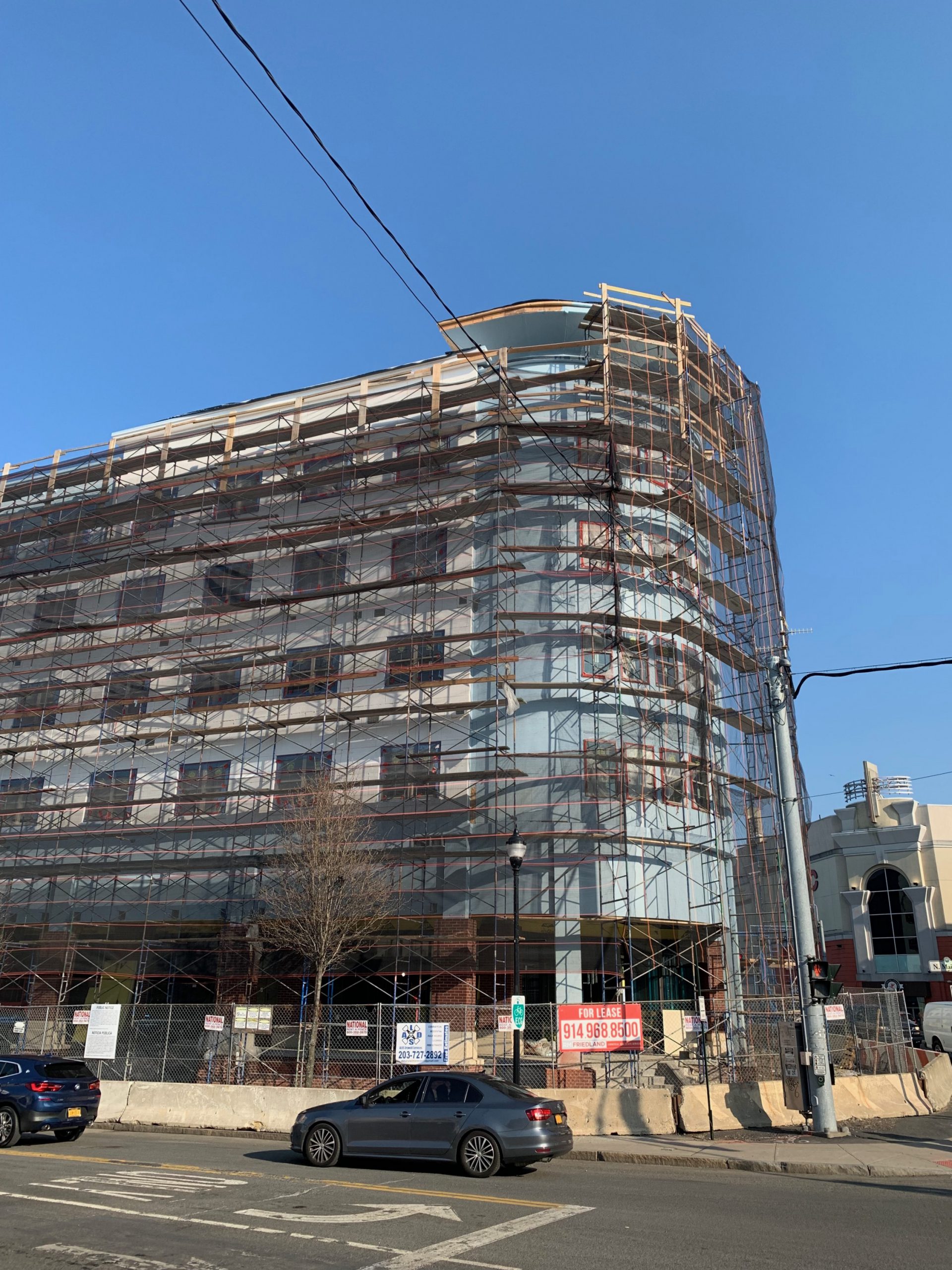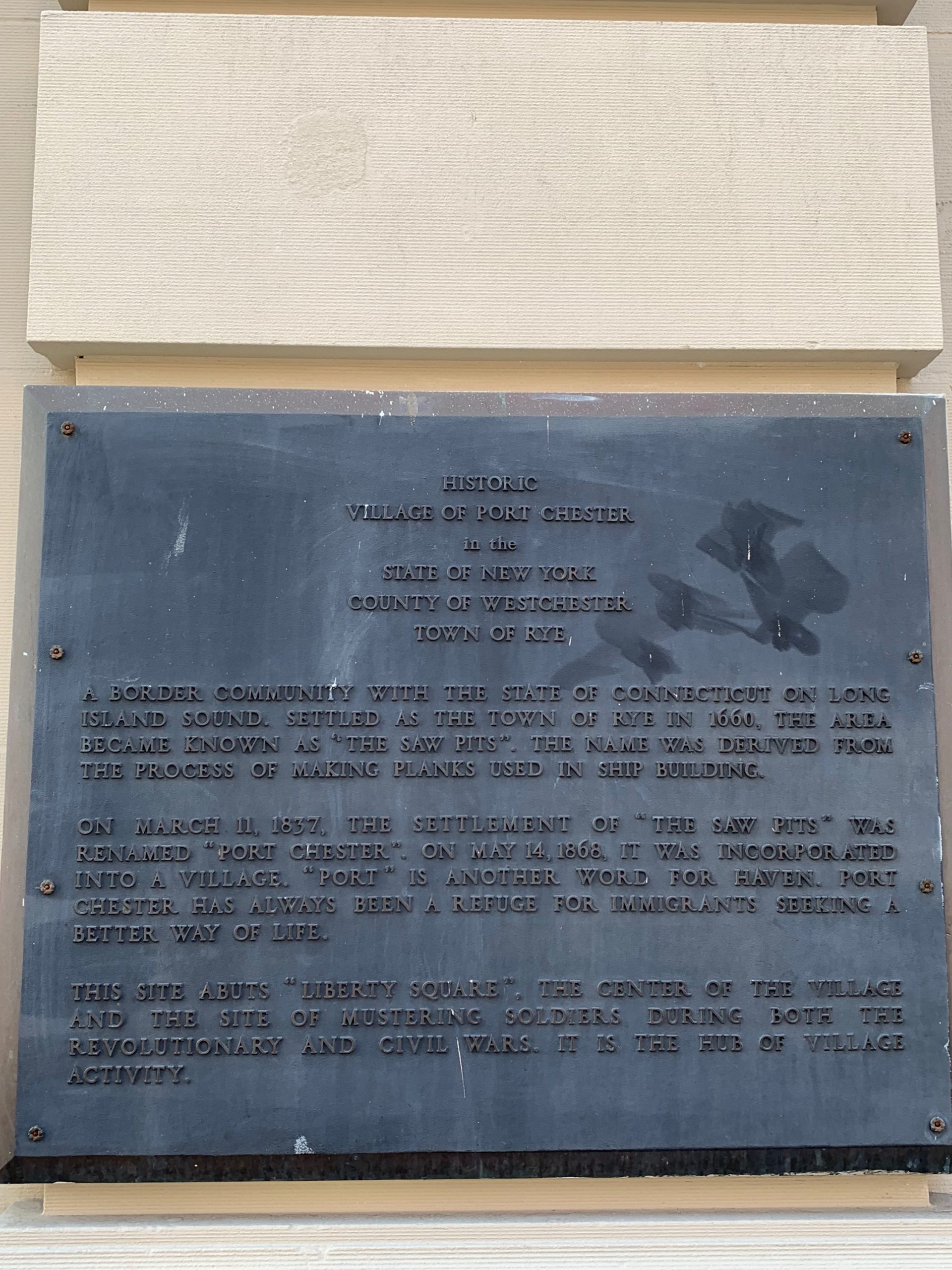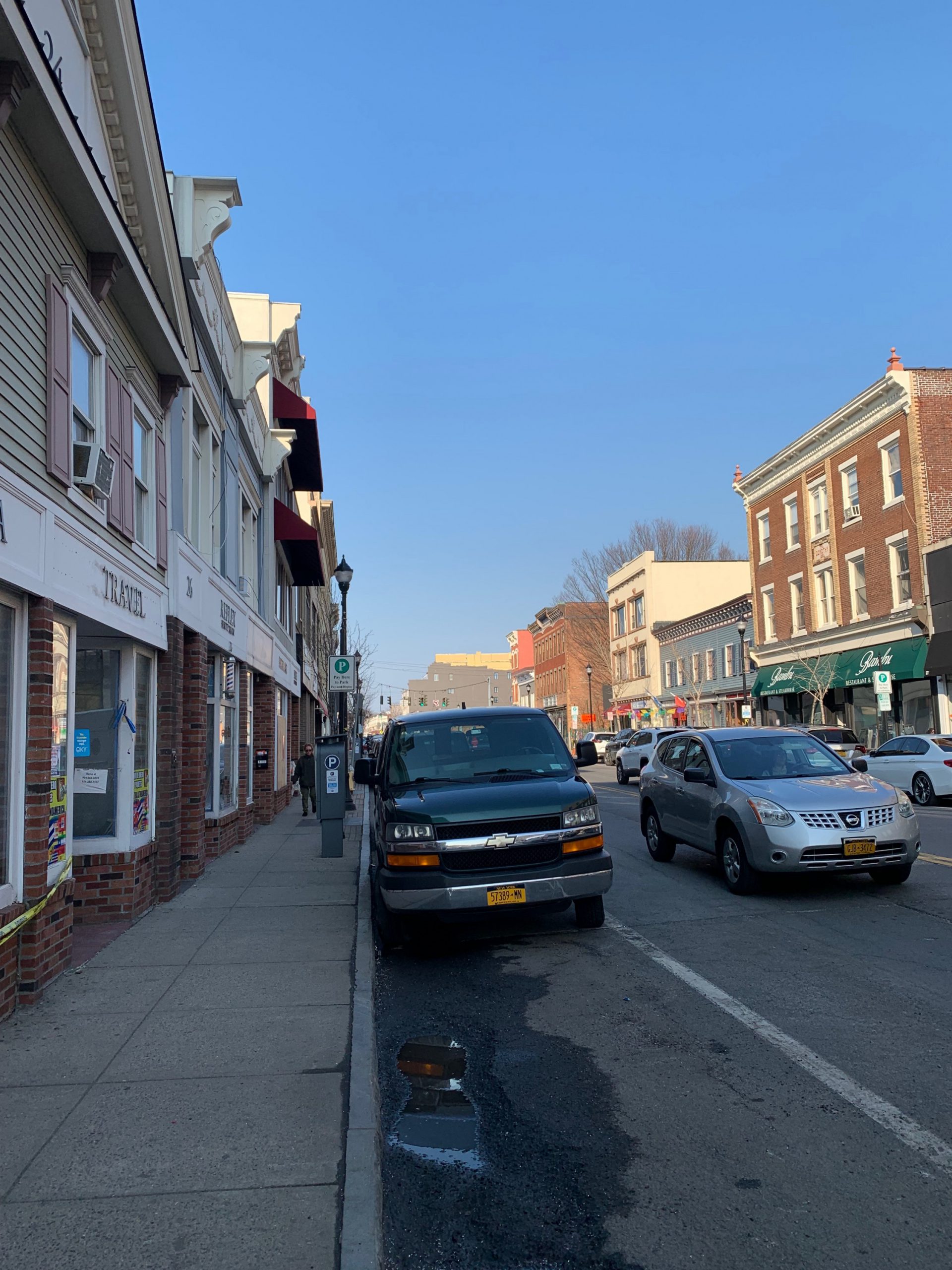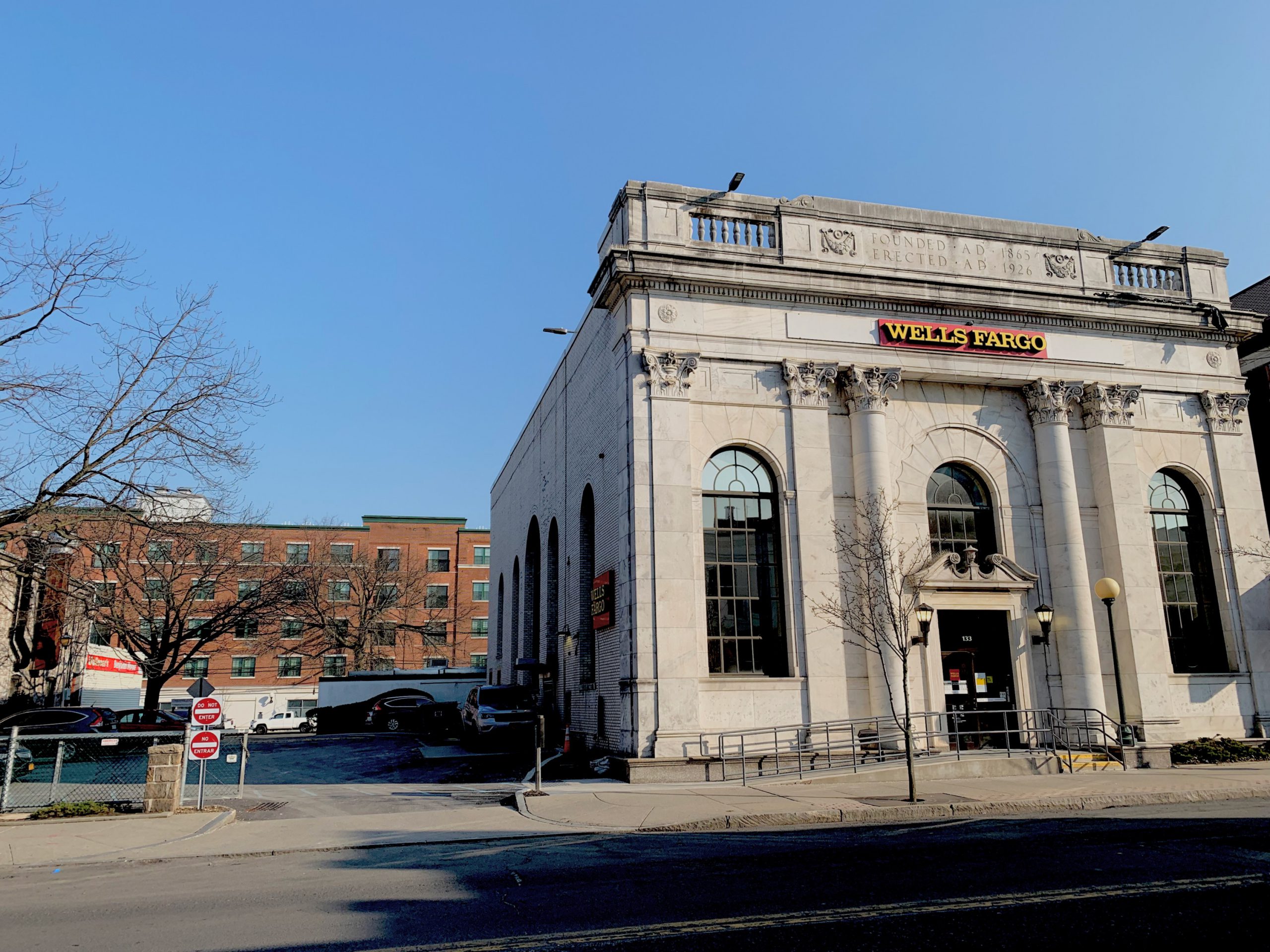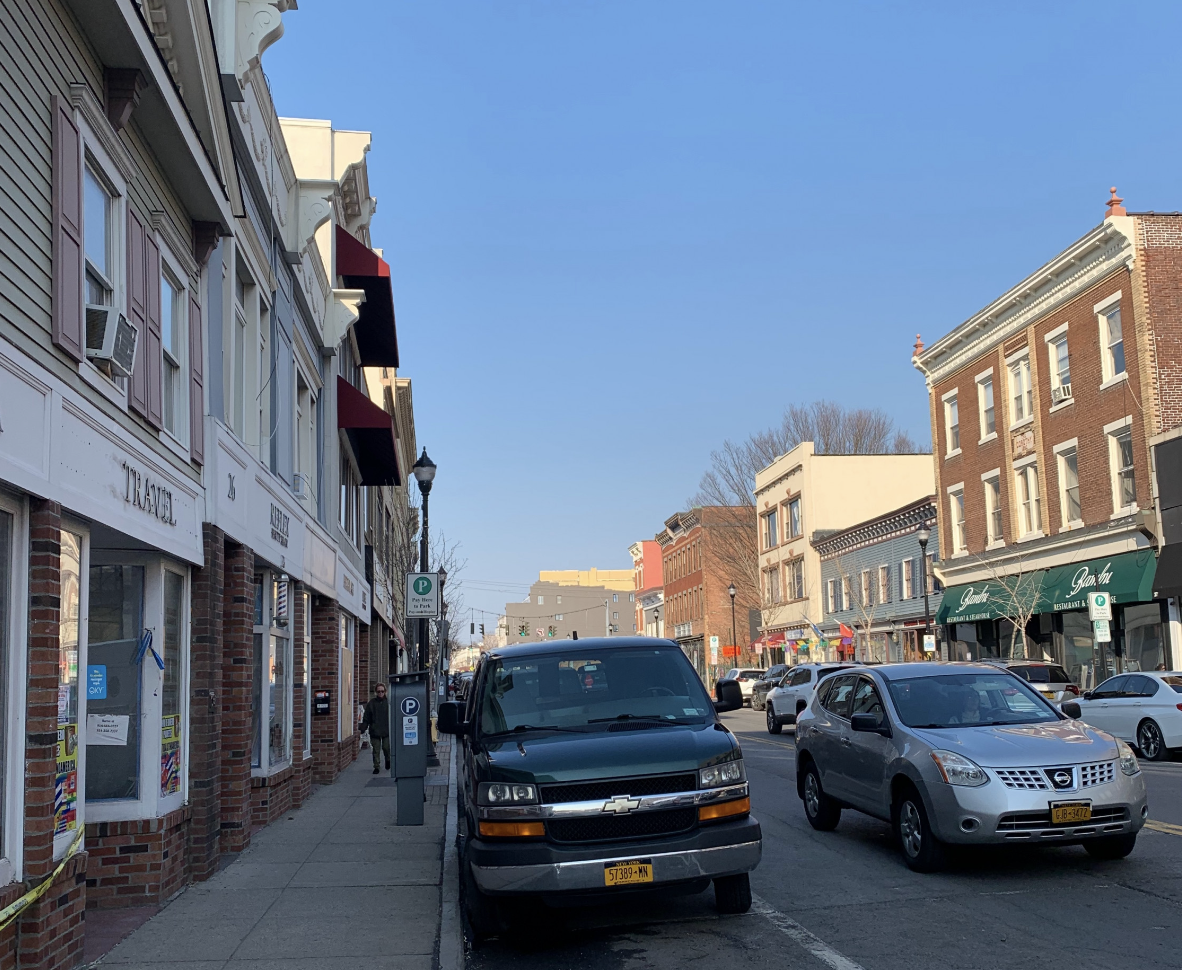
Port Chester: A case study of urban planning’s potential to address climate change

Like so many other communities across the country, the place I grew up in is experiencing a period of urban redevelopment. Port Chester, New York, originally settled as the Saw Pit in 1665, served as an important link in the broader transportation networks navigating the Long Island Sound. As three centuries passed, the population understandably grew.
Today, a historically rich collection of architectural styles remaining from these periods are preserved in the building stock primarily located along Port Chester’s Main Street. In the next year, most of them are scheduled to be bulldozed and replaced by buildings two, three, and even four-times in height.
I want to make clear that my intentions here aren’t meant to exert an opinion on the exact details of where development should and shouldn’t occur. Any development projects are certain to be contentious, with winning and losing opinions. Instead, I want to communicate the potential communities like mine have when undergoing these transformations. Leveraging designs with people and place can not only improve the community but also do great things for its relationship with the environment. Vice-versa, it also can prepare infrastructure to deal with the predicted extremes in climatic weather in the years to come.
Currently, my community’s redevelopment is proceeding with the failed planning standards of the last hundred years. Jane Jacobs, an activist turned urbanist, argued revitalization came at the expense of the community. In her book The Death and Life of Great American Cities, Ms. Jacobs emphasized the need to integrate new buildings into existing spaces as opposed to tearing down the community to create something new. For Ms. Jacobs, the danger of planning with a scorched earth mentality risked creating an environment which wasn’t in tune with its surroundings and risked causing more damage in the outcome then existed previously.
In Port Chester, community members, with myself included, are pleading with the Village to consider implementing mechanisms for environmentally- and community-conscious planning which have emerged in the last decades. For this story, I want to use Port Chester as my case study and show you the potential of what sustainable urban living can be.
Before I delve into what Port Chester could be, I need to catch you up on how Port Chester came to find itself at this crossroad. In short, the village is struggling to financially support municipal expenditures of a growing population while at the same time being unable to grow its assessable property tax base. As a result, the village began drafting a new zoning code titled Plan the Port in 2016 which ultimately passed in 2020. The new master plan’s core focus was the rezoning of the downtown area, which includes Main Street, to become a new commercial district. The new zoning code in the district would promote demolition of existing buildings by allowing heights of ten to twelve stories for developers.
At face, the solution was simple: more apartments equaled more taxable income. Except, urban planning goes beyond just placing new buildings. It necessitates a clear understanding of how new spaces aimed at accommodating the increasing population, will impact existing infrastructure such as pedestrian facilities, roads, sewage, water, and the environment.
Even more concerning is the village’s rezoning of Main Street as a commercial district is next to a body of water, putting it directly in the path of sea level rise. In the Surging Seas Risk Finder Main Street lies in a red zoning, indicating areas most at risk for flooding. In 2021, the village experienced first-hand what the future will look like with Hurricane Ida devastating the community with unexpected flooding.
In a decade where climate change is challenging the ecosystems our existence is dependent on, the increasing urgency to reconceive our relationship with nature calls for innovation in all sectors. This transition must extend beyond just focusing on carbon emissions. Instead, a restructuring of how we think of infrastructure and city planning as a whole needs to be at the forefront of urban policy.
Cities, according to the United Nations “consume 78 percent of the world’s energy and produce more than 60 percent of greenhouse gas emissions.” Additionally, the UN’s Department of Economic and Social Affairs expects 68% percent of the global population to live within urban areas.
With high consumptions levels and statistical indications of a continued increase in the amount of urban space globally, prioritizing sustainable development could have a massive impact on our carbon footprint. At the same time, it provides an opportunity to create spaces which focus on people and not just cars. As a community within the tri-state metropolitan region of greater New York City, Port Chester has the opportunity to use its development plans to become symbol of what urban sustainability looks like in a small-town community.
So, here’s what I believe Port Chester could consider about new development projects which would improve the community while also preparing for climate change.
First, the community should consider more options for micro-mobility. with a land area of just 2.36 square miles, the village is relatively small, interconnected and walkable. With the new addition of high-rise developments and no plans to increase the capacity of the existing roads, current traffic problems in the village are expected to get worse. Using micro-mobility has the potential to reduce private vehicle use for short-distance travel, which is the primary cause of congestion in Port Chester. The village’s prioritization of car-centric development has led residents feeling the need to drive everywhere as opposed to walking the two or three blocks to their destination. This in part is due to the inadequate pedestrian facilities and non-existing bike lanes. A study released by Portland State University even found how bike lanes can positively impact local economies. I know many people who would actively bike around town if they felt safe enough to. Without doing so, the village is risking following in the steps of Hartford, Connecticut which by trying to accommodate as many automobiles as possible, left the city with a disconnected urban space where land for non-transportation use continues to shrink, as more land must be used each year for storing vehicles. Implementing such a strategy would reduce the amount of cars on the road which directly correlates to less overall emission being produced.
Next is the importance of integrating climate change into its master plan. For some trustees, Ida’s flooding was a one time event which shouldn’t impact village planning. The science though tell us these weather events will get worse in the coming decades because of climate change. To prevent catastrophic flooding in our downtown Main Street, which is all but certain to get worse, the village could implement the use of natural stormwater management systems such as bioswales. The organization Naturally Resilient Communities promotes the use of bioswales as an aesthetically pleasing alternative to concrete gutters and sewers. Additionally, it should be required to use porous concrete and asphalt in areas prone to flooding. Incorporating both these strategies would greatly reduce the impact of flooding and reduce runoff pollutants from entering the Long Island Sound.
Third, the village could leverage the financial incentives New York State provides to municipalities through its Clean Energy Communities program. Locally known as the CEC initiative, this completely free program to participate in from the New York State Energy Research and Development Agency has a guideline of successive goals municipalities can adopt. When groups of related projects are accomplished, the state awards grants which can be used for other community-based improvement projects. Some amazing projects within this program include allowing municipalities to convert their net metering to renewably sourced energy, establishing property assessed clean energy financing, and clean fleet electric vehicles.
Fourth, the village could add electric vehicle charging station in strategic economic areas to encourage individuals passing through to stop to charge up. While vehicles are charging, the owners would be encouraged to pass the time by visiting our locally owned shops and contributing to the economy.
Lastly, Port Chester could promote green corridors through increased tree plantings. The European organization Climate Adapt found creating green corridors improves ecological biodiversity and provide shading to reduce the heat island effect. These green corridors can be placed on local streets connecting to the central downtown which would promote walking and biking. The Japanese even found exposure of our senses to elements of the natural environment, even in small amounts of time can have a positive impact on our mental health. A study conducted by the Environmental Health and Preventative Medicine in 2019 even found a 100% decrease in depressive tendencies of all its participants through exposure to nature in a practice known as “forest bathing”.
I see so much potential for Port Chester to take advantage of its development to improve how residents interact with the place we know as home. Within our zoning code, there is wording giving municipal leaders the authority to require developers implement certain community functions. An example would be requiring developments to meet improved pedestrian facilities around their property.
I’m telling you the story of Port Chester because of its similarity to communities across the country. As our society builds for the future, incorporating mechanisms for communities to deal with climate change should be the imperative. Adaptation is the opportunity to redesign our spaces with the environment and people in mind.
With each passing month, a new development project in my community seems to be breaking ground for construction. It’s heart breaking seeing the small village I grew up in morphing into a concrete jungle devoid of any identity its once held.
As I write this, there is good news. The communities unwavering commitment to being apart of the developments conversation has led our municipal leaders to reconsider. A new task force made up of engineers, architects, and planners is being created to consider how new developments will affect the village. My hope is for Port Chester’s elected officials to visualize how the intersectionality of climate change and development can ultimately improve the community.
Ultimately what the future has in store for Port Chester is still unknown, but from the current state of affairs, the communities united voice becomes stronger by the day. Personally, I’m eager to continue advocating for a sustainable, urban Port Chester. Who knows, maybe one day I’ll be able to bike to our downtown’s waterfront along a green corridor, instead of sitting in traffic.















